What is Functional Strength Training?
Functional strength training is all about exercises that help you handle real-life activities more easily. It focuses on building practical strength for everyday movements like lifting groceries or climbing stairs. Think of it as leveling up your real-life stats, making daily tasks a breeze. It’s like being able to carry all your shopping bags in one trip like a boss. Instead of isolating specific muscles, it works multiple muscle groups together, making you stronger and more coordinated for your daily tasks.

Why Functional Strength Training is Important
Functional strength training isn’t just about getting fit; it’s about improving your overall quality of life. Imagine being able to carry your groceries without straining or easily lifting your kids without worrying about your back. Functional strength training exercises mimic real-life movements, helping you become more capable in your daily routine.
Understanding Functional Movements
At the heart of functional strength training are movements that you perform every day. These include bending, lifting, pushing, pulling, and twisting. By practicing these movements, you not only build strength but also enhance your balance and flexibility.
Benefits of Functional Strength Training
- Enhances everyday performance: Helps you move better in your daily life.
- Builds core strength: Many exercises focus on your core, improving stability.
- Reduces injury risk: Strengthens multiple muscle groups simultaneously, which can help prevent injuries.
The Best Functional Strength Exercises
1. Squats
Squats are a staple in any functional training workout. They work your legs and core and are essential for movements like sitting and standing.
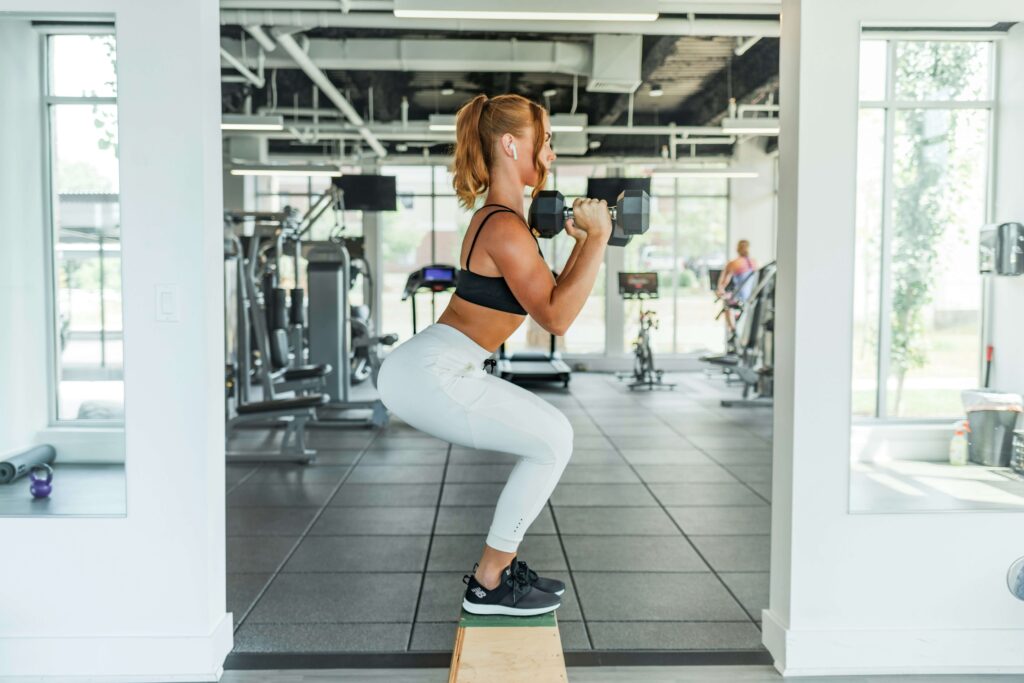
2. Lunges
These improve balance and leg strength, making walking and running easier.
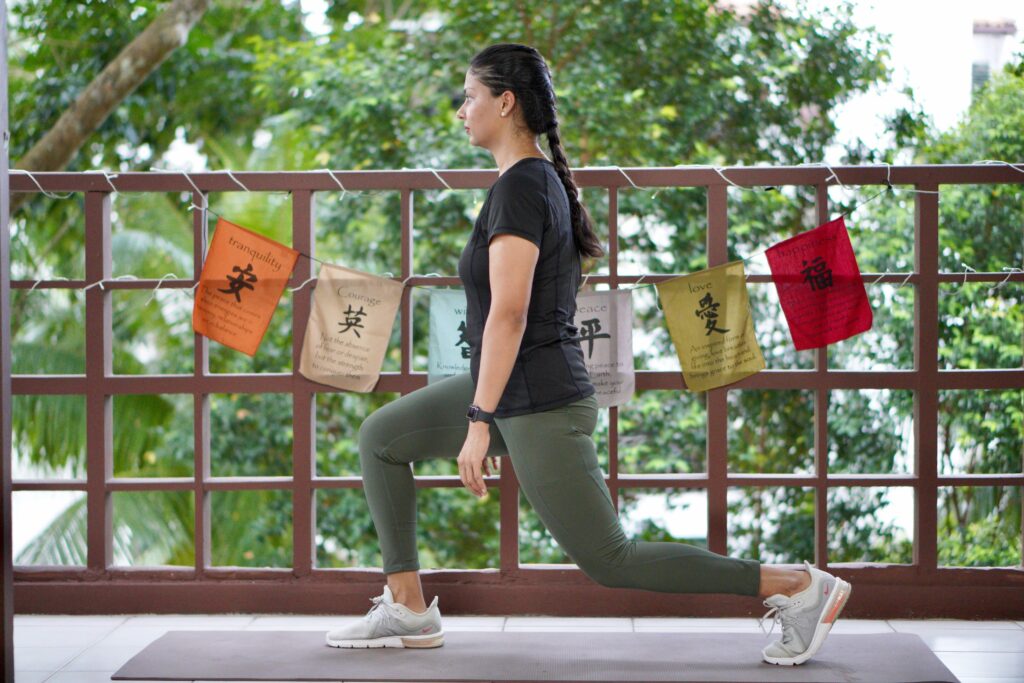
3. Push-ups
Push-ups are great for building upper body strength and engaging your core.
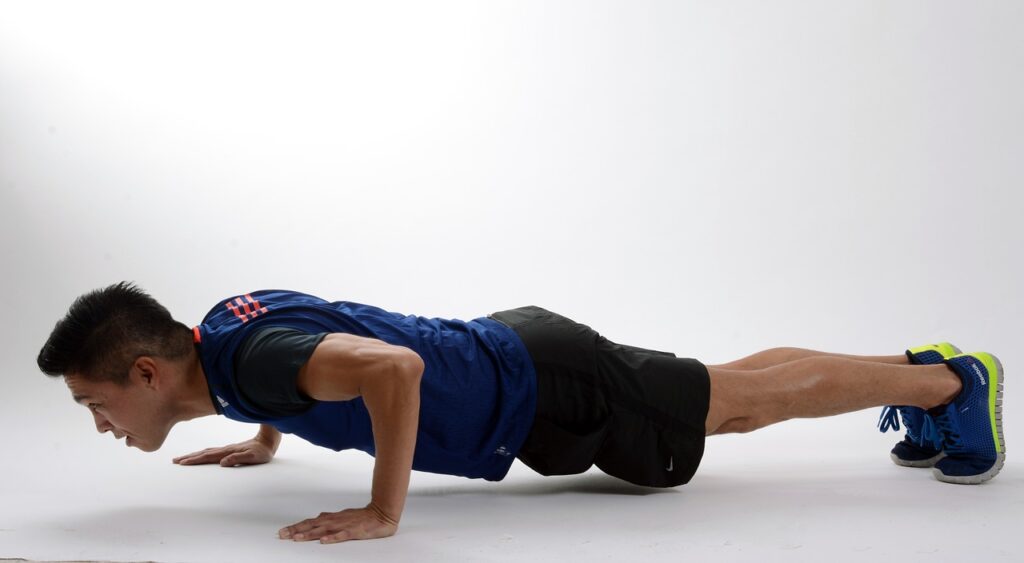
4. Pull-ups
These work your back and arms, helping with pulling motions.
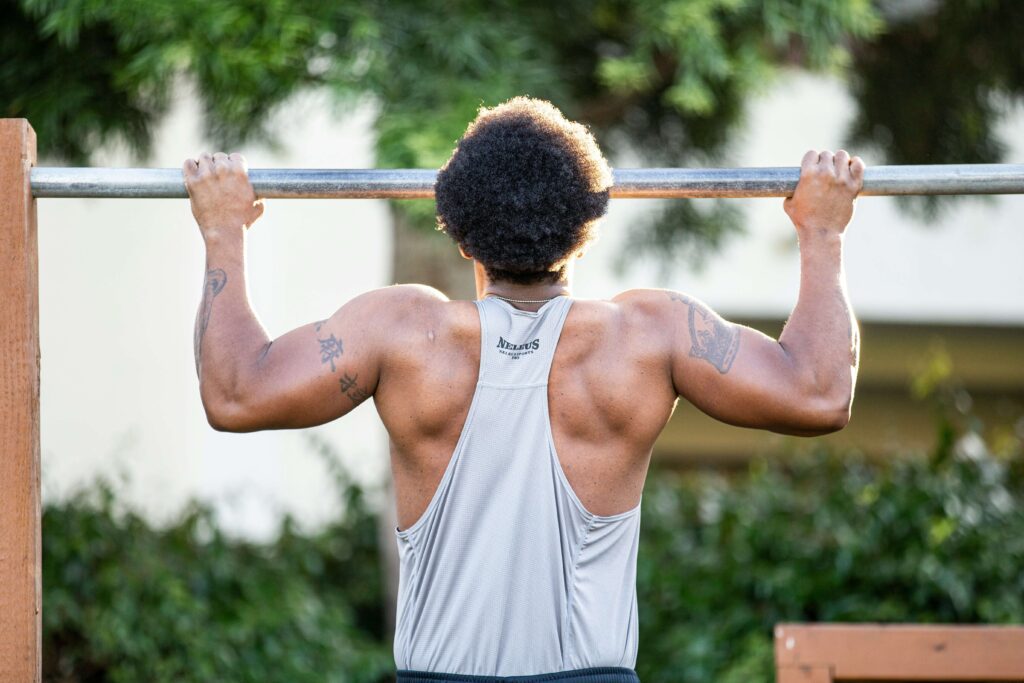
5. Planks
Planks are fantastic for core stability and overall strength.
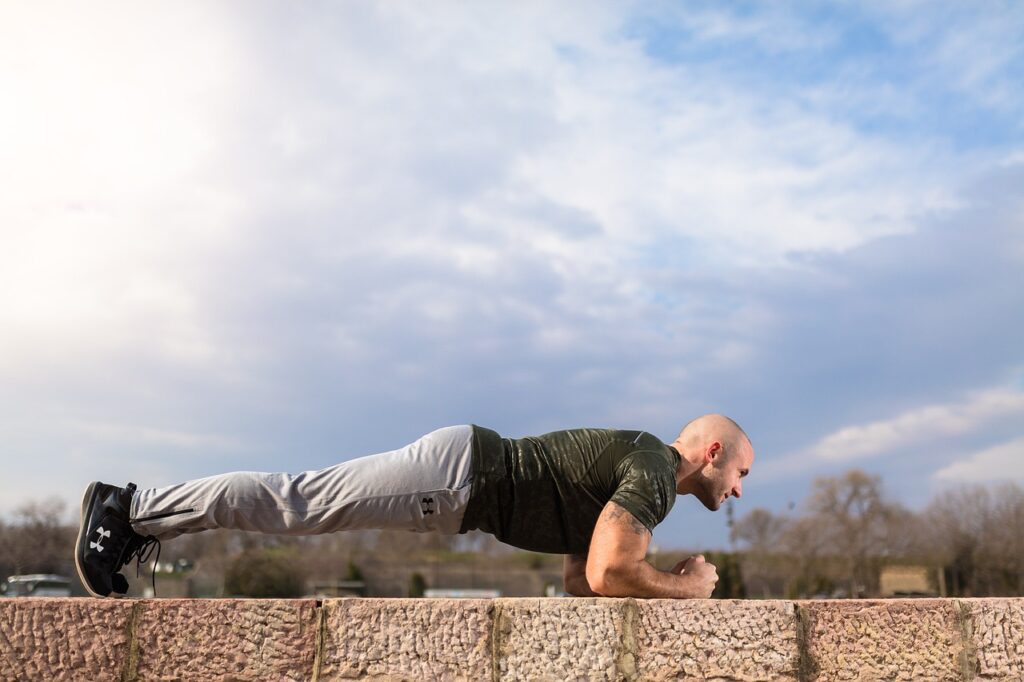
Creating a Functional Training Workout Plan
Starting with strength training for beginners can be intimidating, but with the right plan, you’ll be on your way to success. Here’s a simple functional training workout to get you started:
- Warm-up (5-10 minutes): Begin with light cardio, like walking or jogging, to get your blood flowing.
- Squats (3 sets of 10 reps): Focus on keeping your back straight and your knees over your toes.
- Lunges (3 sets of 10 reps per leg): Step forward with one leg, lowering your hips until both knees are bent at about a 90-degree angle.
- Push-ups (3 sets of 10 reps): Keep your body in a straight line from head to heels.
- Pull-ups (3 sets of as many reps as possible): If needed, use an assisted pull-up machine or resistance bands.
- Planks (3 sets of 30-60 seconds): Hold your body in a straight line from head to heels.
- Cool-down (5-10 minutes): Stretch all major muscle groups to help with recovery.
Tips for Effective Functional Strength Training
Progressing Your Functional Training Workout
As you become more comfortable with your functional strength training exercises, it’s important to increase the difficulty to continue seeing improvements. Here are some tips:
- Increase weight or resistance: Gradually add more weight or resistance bands to your exercises.
- Add variety: Incorporate new exercises or modify existing ones to keep your workouts challenging.
- Focus on form: Always prioritize proper form to avoid injuries.
Common Mistakes to Avoid in Functional Strength Training
- Skipping warm-up and cool-down: These are crucial for preparing your muscles and preventing injuries.
- Using improper form: Incorrect form can lead to injuries and hinder progress. Always ensure you’re performing exercises correctly.
- Neglecting core exercises: A strong core is essential for stability and overall strength.
- Not varying your routine: Mixing up your exercises prevents plateaus and keeps your workouts interesting.
Tracking Progress with Your Apple Watch
How the Apple Watch Can Enhance Your Functional Strength Training
One of the best tools to complement your functional strength training is the Apple Watch. This smart device isn’t just for tracking steps; it’s packed with features that can enhance your workouts and help you achieve your fitness goals.
- Activity Tracking: The Apple Watch tracks your overall activity, including steps, calories burned, and active minutes. This helps you stay accountable and motivated.
- Workout App: Use the Workout app to track specific exercises like squats, push-ups, and planks. It provides real-time metrics and detailed post-workout summaries.
- Heart Rate Monitoring: Keeping an eye on your heart rate during workouts ensures you’re exercising at the right intensity.
- Reminders and Notifications: Set reminders for your workouts and receive notifications to move if you’ve been inactive for too long.
Using the Functional Strength Training Feature
The Apple Watch includes a functional strength training workout option. This feature is specifically designed to track the kind of multi-muscle exercises typical of functional training. Here’s how to make the most of it:
- Select Functional Strength Training: Open the Workout app, scroll down, and select “Functional Strength Training” before you start your session.
- Customize Your Workouts: Add custom workouts to the app, tailoring them to your specific routine.
- Monitor Your Progress: Check your workout summaries and trends over time to see how you’re improving and where you can push harder.
Conclusion: Embrace Functional Strength Training for a Better You
Functional strength training is a powerful way to enhance your overall fitness and make everyday activities easier. By incorporating the best functional strength exercises into your routine, you’ll build a balanced, strong body capable of handling life’s physical demands. Whether you’re just starting out or looking to take your fitness to the next level, functional strength training offers a practical and effective solution.
FAQ
What is the best functional strength exercise for beginners?
The best functional strength exercise for beginners is the squat. It targets multiple muscle groups, including the legs and core, and is easy to modify as you gain strength. Follow this guide for more details.
How often should I do functional strength training?
For beginners, it’s recommended to start with 2-3 sessions per week. As you progress, you can increase the frequency and intensity of your workouts.
Can functional strength training help with weight loss?
Yes, functional strength training can aid in weight loss. It builds muscle, which increases your metabolism, and the high-intensity nature of many functional exercises can burn significant calories.
Do I need any special equipment for functional strength training?
While some exercises can be done with bodyweight alone, incorporating equipment like kettlebells, resistance bands, and medicine balls can enhance your workouts and add variety.
We also recommend you read 6 Benefits of Exercise on Mental Health
